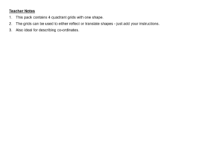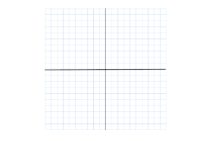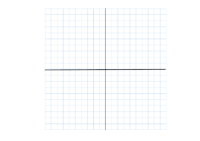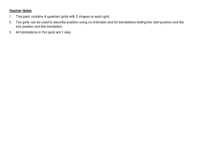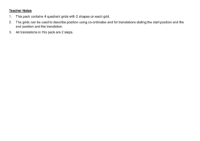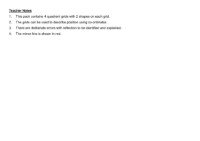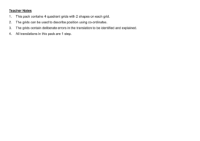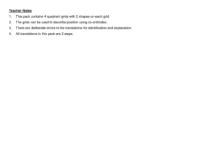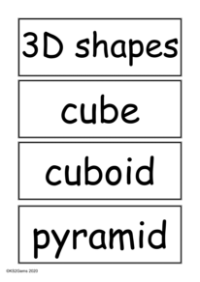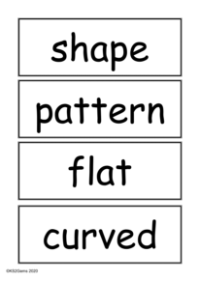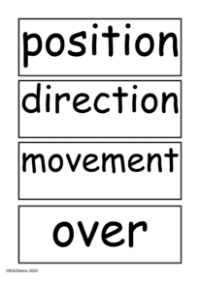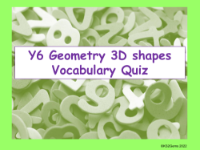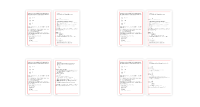Vocabulary - Shape: 2D
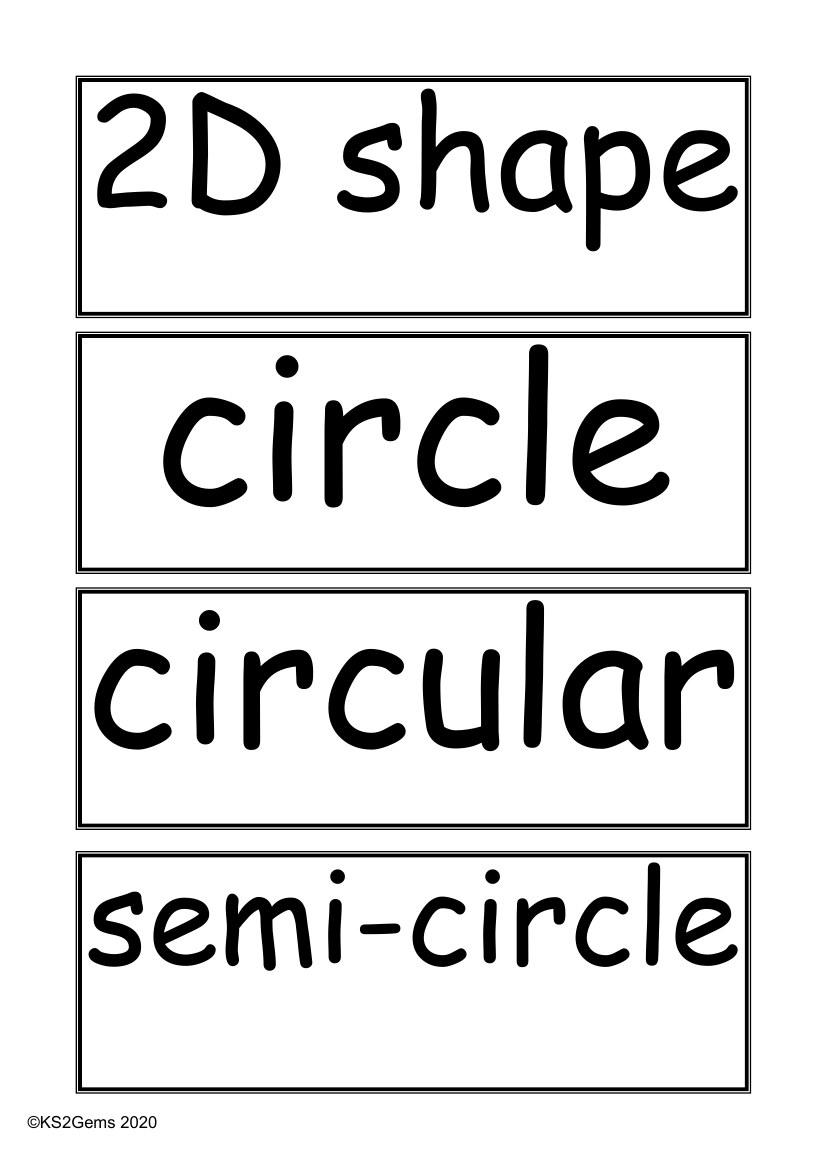
Maths Resource Description
The vocabulary list for 2D shapes is a foundational set of terms essential for understanding and describing the properties and characteristics of flat, two-dimensional figures. The list begins with the basic shapes such as 'circle', 'triangle', and 'square', each accompanied by their adjectival forms like 'circular', 'triangular', and 'rectangular'. These terms help describe objects that have the same shape attributes as the mentioned figures. The vocabulary extends to include variations of these shapes, such as 'semi-circle' for a half-circle, and 'rectangle', a four-sided figure with opposite sides equal.
Further complexity is added with terms for shapes with more sides: 'pentagon' and 'hexagon' refer to five and six-sided figures, respectively, with 'pentagonal' and 'hexagonal' serving as their corresponding adjectives. 'Octagon' describes an eight-sided figure, and 'quadrilateral' is a term that encompasses any four-sided figure. Students also learn about different types of triangles, such as 'equilateral', 'isosceles', and 'scalene', each with distinct side length properties, and 'right-angled triangle', which has one 90-degree angle. Additional terms like 'polygon', 'rhombus', 'kite', and 'parallelogram' define other specific shapes, while words like 'horizontal', 'vertical', 'perpendicular', and 'parallel' describe orientation and relationships between lines. Angles are also covered, with 'reflex', 'obtuse', and 'acute' denoting angle measures, and tools like 'protractor' are introduced for measuring them. Lastly, 'radius', 'diameter', 'circumference', and 'diagonal' provide terminology related to the measurements within circles and other shapes.
